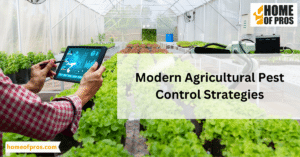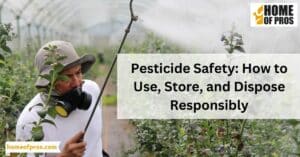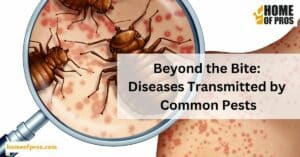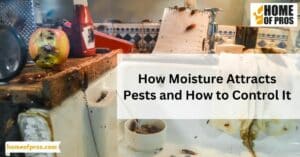Modern gardeners are increasingly turning to organic pest control methods to protect their plants and the environment. These methods, such as companion planting, neem oil sprays, and introducing beneficial insects, offer effective alternatives to chemical pesticides. By embracing these eco-friendly practices, today’s gardeners can maintain a healthy and thriving garden while minimizing harm to the planet.
With a growing preference for organic gardening, pest control becomes crucial. Chemical pesticides, once popular, now raise environmental and health concerns. This article explores eco-friendly alternatives, from companion planting to beneficial insects, for modern gardeners to nurture their gardens while safeguarding the planet and health.
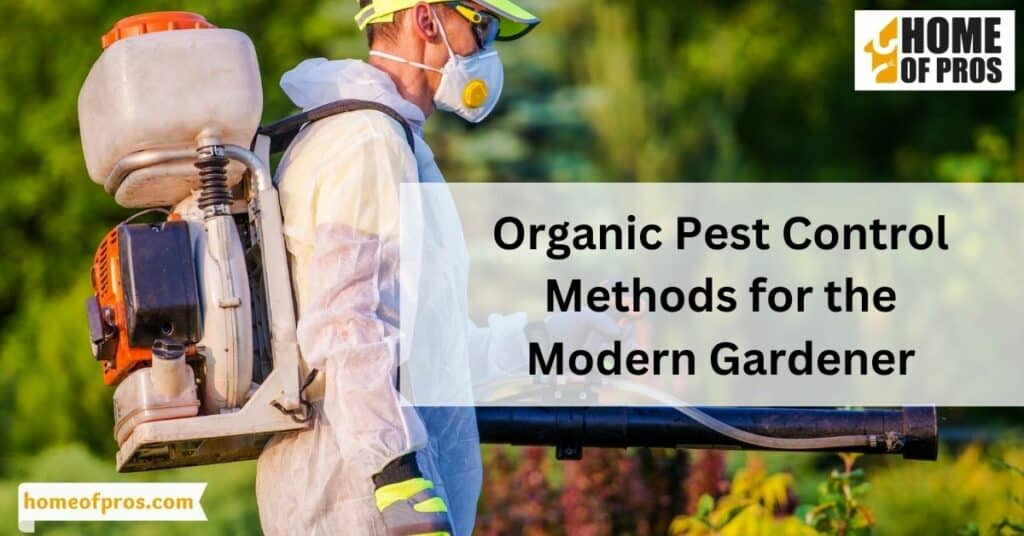
Understanding Organic Pest Control
Organic pest control is a method that prioritizes the use of natural and sustainable approaches to manage garden pests while minimizing harm to the environment and human health. It revolves around the principles of prevention, observation, and intervention. Unlike conventional chemical pesticides, organic methods emphasize the importance of using biological and ecological solutions to keep pest populations in check.
One of the core ideas behind organic pest control is recognizing and respecting the intricate balance within a garden ecosystem. In a healthy garden, a variety of organisms, including plants, insects, and microorganisms, coexist in a delicate harmony. Disrupting this equilibrium with chemical pesticides can lead to unintended consequences, such as harming beneficial insects and degrading soil health. By opting for organic methods, gardeners not only protect the environment but also promote sustainability and a deeper connection with the natural world, all while effectively managing garden pests.
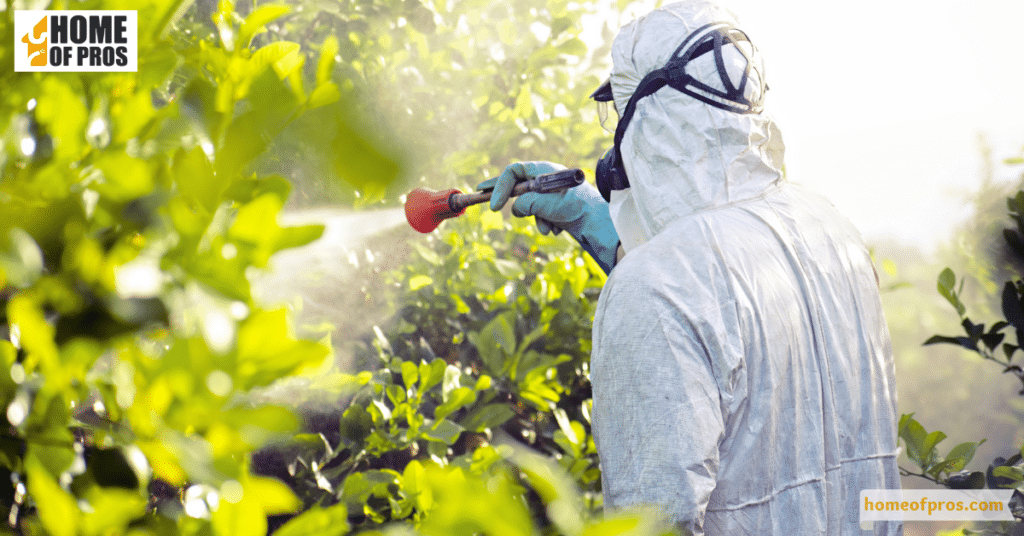
Companion Planting: Nurturing Your Garden’s Natural Allies
Companion planting, an age-old gardening practice, is like nature’s recipe for harmonious plant relationships. It’s a method where specific plants are grown together to enhance each other’s growth and ward off pests naturally. While it may seem like a modern trend, its roots trace back to ancient agricultural wisdom, with indigenous communities and historical gardeners intuitively discovering its benefits.

- Historical Roots: Companion planting isn’t a newfangled idea. Indigenous peoples have practiced it for centuries, recognizing how certain plant combinations can lead to healthier, more productive gardens.
- Natural Pest Control: One of the most compelling aspects of companion planting is its ability to naturally deter pests. By strategically pairing plants, you can create an environment that’s less inviting to unwanted garden visitors.
- Scientific Insight: The science behind companion planting lies in understanding the complex relationships between plants, insects, and the soil. Certain plants emit chemical compounds or scents that either repel or confuse pests, effectively acting as a form of organic pest control.
Companion planting isn’t just about aesthetics or tradition; it’s a powerful tool for modern gardeners seeking natural and sustainable ways to protect their plants. In the following sections, we’ll explore specific plant combinations and delve into the science behind companion planting, equipping you with the knowledge to enhance your garden’s health and vitality while reducing the need for chemical interventions.
Beneficial Insects
Beneficial insects are the unsung heroes of the garden, tirelessly working behind the scenes to keep destructive pests in check. Their role in natural pest control is nothing short of remarkable, offering an eco-friendly alternative to chemical pesticides. Understanding their importance, knowing who they are, and creating an inviting habitat for them can significantly boost your garden’s health and productivity.
1. The Role of Beneficial Insects in Pest Control
Beneficial insects play a vital role in maintaining the ecological balance of your garden. They act as natural predators or parasites, preying on garden pests such as aphids, caterpillars, mites, and more. These insects are the garden’s frontline defenders, tirelessly hunting down and consuming or laying their eggs within pest populations. This biological pest control is highly effective, as it targets specific pests without harming other beneficial organisms or disrupting the natural balance of your garden ecosystem.
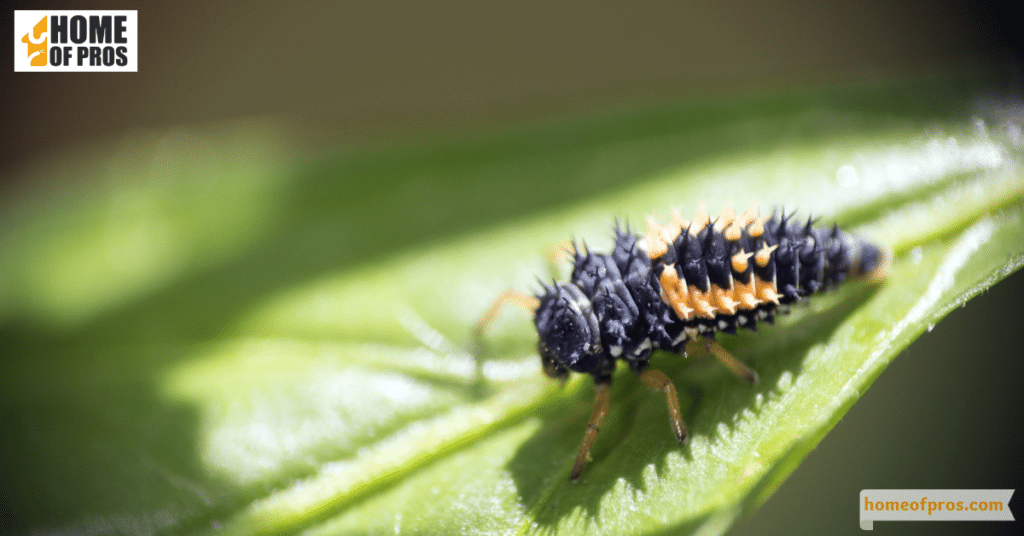
2. Common Beneficial Insects and Their Prey
Understanding the identity of common beneficial insects and their preferred prey is essential for effective pest management. Ladybugs, also known as ladybirds or lady beetles, are well-known beneficial insects that feast on aphids, mealybugs, and scale insects. Lacewings are another group of garden heroes, with their larvae voraciously consuming aphids, caterpillars, and other soft-bodied pests.
3. Attracting and Maintaining Beneficial Insects
To invite these garden allies, you can plant nectar-rich flowers, such as marigolds and lavender, to provide them with a food source. Avoiding broad-spectrum pesticides ensures that you don’t inadvertently harm beneficial insects. Additionally, providing shelter like small insect hotels or patches of tall grass can offer them safe refuge.
In the upcoming sections, we’ll delve deeper into the world of beneficial insects, exploring specific strategies to attract and nurture these garden defenders, making your garden a haven for natural pest control.
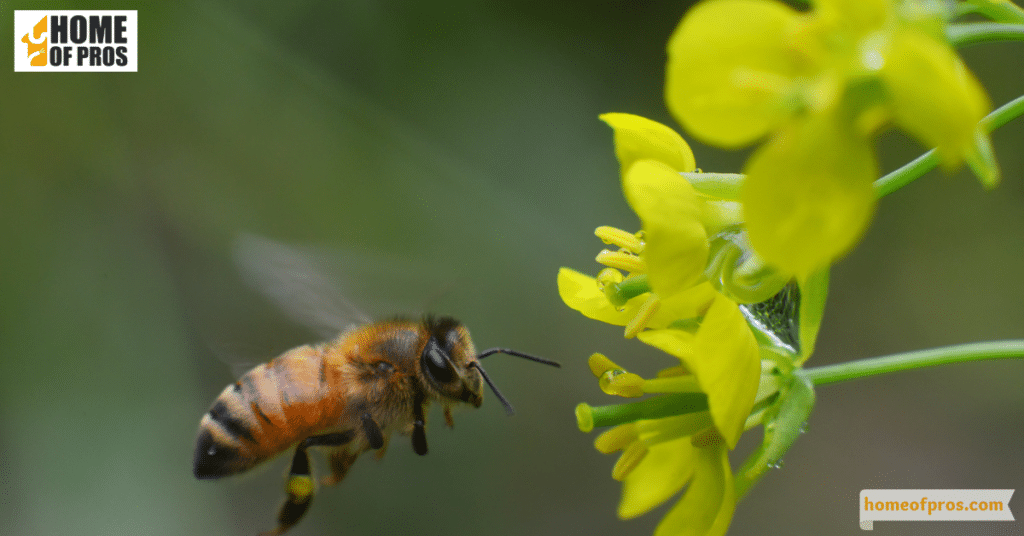
Homemade Pest Remedies
DIY pest remedies like neem oil sprays, garlic-chili mixtures, and soap sprays offer effective organic alternatives to chemical pesticides. Neem oil disrupts and deters pests like aphids and spider mites. Garlic and chili pepper concoctions repel insects, while soap sprays suffocate soft-bodied pests.
To use these remedies effectively, ensure comprehensive coverage, including the undersides of leaves, and reapply as needed, especially after rain. What’s more, these homemade solutions are cost-effective and safe for the environment, beneficial insects, and human health, making them the go-to choice for modern gardeners looking to nurture thriving gardens while minimizing harm to the planet.
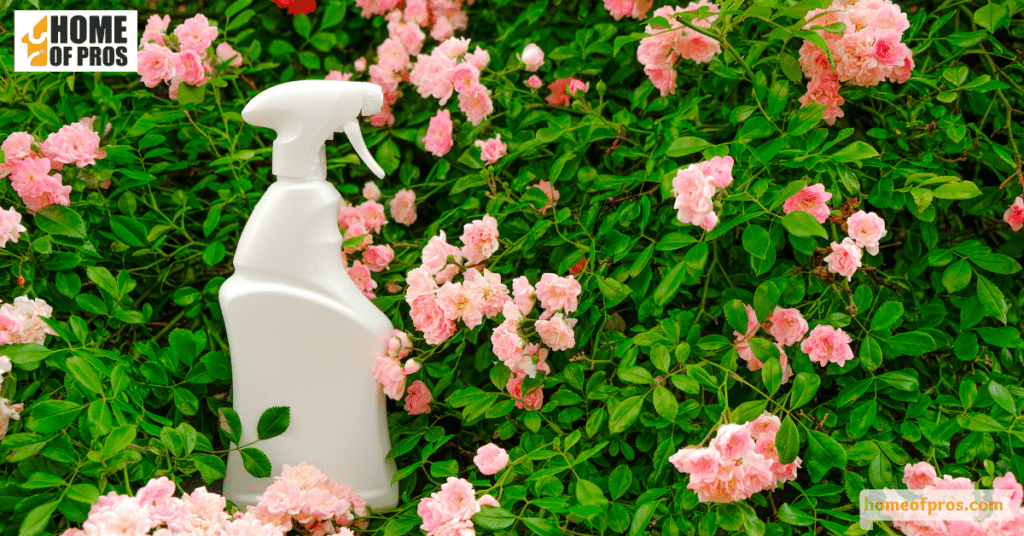
Organic Barriers and Traps
In this section, we’ll explore the use of physical barriers like row covers and netting, as well as traps and lures for specific garden pests. These organic defenses offer effective protection without harmful chemicals.
Physical Barriers:
- Row Covers: Lightweight fabrics shield plants from pests while allowing essential sunlight and air.
- Netting: Mesh or fine materials keep out birds, rabbits, and larger insects without hindering growth.
Traps and Lures:
- Traps: Capture or attract pests away from plants, reducing their populations.
- Lures: Emit cues that entice pests, diverting their attention.
Ensure secure installation to prevent pests from bypassing barriers. Regularly inspect and replace traps and lures as needed for continued effectiveness. With these organic solutions, your garden can thrive naturally, free from chemical pesticides, and maintain the health of both your plants and the environment.
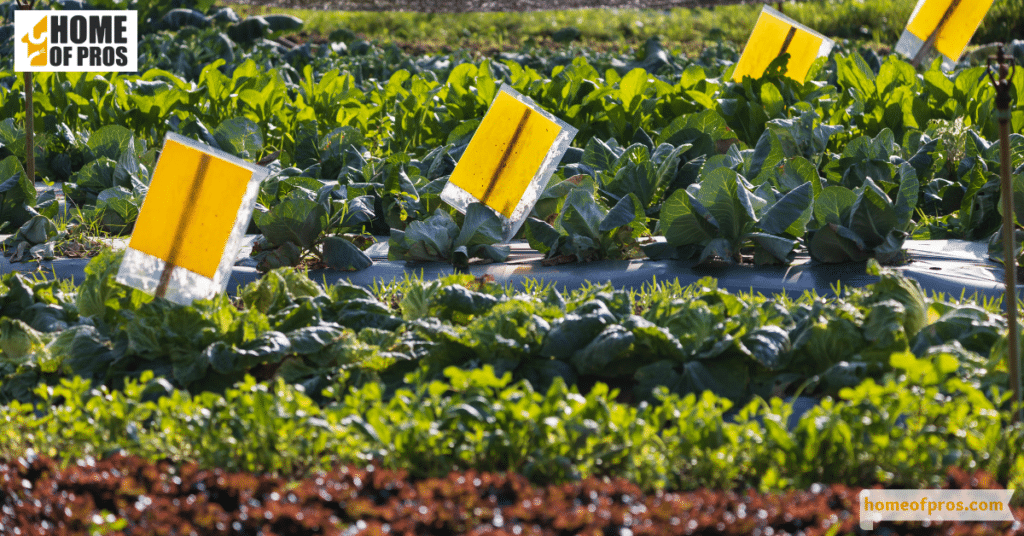
Organic Pest Control Challenges and Tips
Organic gardening, while eco-friendly and health-conscious, comes with its own set of challenges, particularly in the realm of pest control. In this section, we’ll explore the common obstacles gardeners encounter and provide practical tips and strategies to overcome them.
| Challenge | Solution |
|---|---|
| Diverse Pest Populations | Promote biodiversity; attract beneficial insects. |
| Ineffective Pest Control | Rotate crops; use diverse pest control methods. |
| Weather-Dependent Issues | Monitor weather patterns; adapt strategies accordingly. |
| Seedling Vulnerability | Use row covers and protect young plants. |
| Weed Competition | Practice weed management to eliminate pest-hiding spots. |
| Pest-Prone Crops | Select pest-resistant plant varieties. |
| Balancing Act | Maintain the garden’s natural balance; avoid overreacting. |
Organic pest control may present its share of challenges, but with the right strategies and a commitment to working in harmony with nature, gardeners can overcome these obstacles. By cultivating a diverse and resilient garden ecosystem, staying vigilant in monitoring pest pressures, and adopting a multifaceted approach to pest management, you can nurture a thriving organic garden that flourishes while minimizing harm to the environment.
Conclusion
In the world of organic gardening, challenges in pest control are par for the course. Yet, with the solutions and strategies outlined in this guide, gardeners can confidently navigate these hurdles. Cultivating a diverse and resilient garden ecosystem, remaining vigilant in monitoring pest pressures, and adopting a multifaceted approach to pest management are all critical steps toward nurturing a thriving organic garden.

